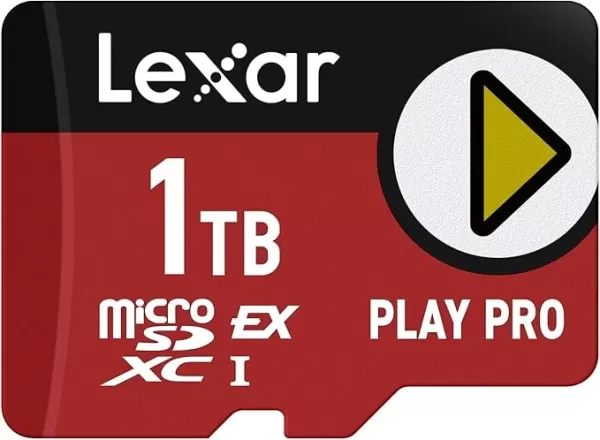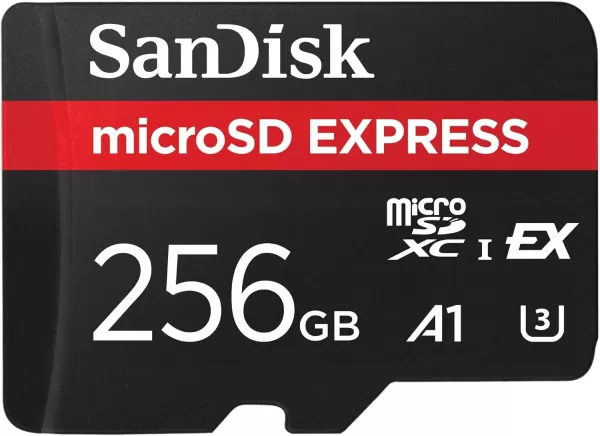When Nintendo announced the Nintendo Switch 2 last week, they revealed that the console would only support expansion via MicroSD Express cards. This decision might be frustrating for those with existing MicroSD collections, but it's a strategic move due to the superior speed of MicroSD Express.
MicroSD Express cards leverage a PCIe 3.1 interface, allowing them to achieve read/write speeds comparable to the Universal Flash Storage (UFS) of the Switch 2's internal storage. This means games stored on these expansion cards should, theoretically, load just as quickly as those stored internally. The downside? You won't be able to use less expensive, non-Express MicroSD cards.
MicroSD vs. MicroSD Express
Over the years, MicroSD cards have evolved through six different speed ratings. Initially, they offered a mere 12.5MB/s, which pales in comparison to modern standards. The progression continued from SD High Speed at 25MB/s to SD UHS III at 312MB/s. However, the game changed with the introduction of the SD Express standard five years ago, which significantly boosted speeds.
The key difference with SD Express is its use of a PCIe 3.1 interface, as opposed to the slower UHS-I interface used by previous SD cards. This PCIe interface is the same one used by high-speed NVMe SSDs, enabling much higher performance. Full-sized SD Express cards can reach data transfer speeds of up to 3,940MB/s, a dramatic improvement over older SD cards.
While MicroSD Express cards don't match the top speeds of their full-sized counterparts, they still offer impressive speeds of up to 985MB/s—three times faster than the fastest non-Express MicroSD cards.
Why Does the Switch 2 Require MicroSD Express?
Nintendo hasn't disclosed the exact rationale behind requiring MicroSD Express cards, but the primary reason is undoubtedly speed. A game installed on a traditional UHS-I MicroSD card will load much slower than one on a MicroSD Express card, thanks to the PCIe 3.1 interface. This requirement could soon extend to handheld gaming PCs as well.
The internal storage of the Nintendo Switch 2 has been upgraded to UFS from eMMC, making it logical for Nintendo to insist on expansion storage that matches these speeds. Early demos suggest significant improvements in load times for games like Breath of the Wild, with fast travel times reduced by 35% according to Polygon, and an initial load improvement of 3x as measured by Digital Foundry. These enhancements might be due to the faster internal storage or the improved CPU and GPU, which can process data more quickly. The crucial point is that Nintendo needed external storage to keep pace, ensuring that future games requiring faster storage aren't hindered by slower SD cards.
This move also paves the way for even faster storage solutions in the future. The current fastest standard for SD cards is the SD 8.0 Specification, allowing full-size SD Express cards to reach speeds up to 3,942MB/s. While MicroSD Express cards can't yet match these speeds, it's entirely feasible they will in a few years, especially if the Nintendo Switch 2 supports such high speeds.
MicroSD Express Capacity Options
Adoption of MicroSD Express cards has been slow, but with the Nintendo Switch 2's launch, this is expected to change. Currently, options are limited. Lexar offers a single MicroSD Express card available in 256GB, 512GB, and 1TB variants, with the 1TB option priced at $199.

SanDisk also lists a single MicroSD Express card on their site, topping out at 256GB, which matches the internal storage capacity of the Switch 2. As the Switch 2 hits the market, we might not see many MicroSD Express cards with over 512GB of storage initially. However, as demand grows, companies like Samsung are likely to increase production of these high-speed memory cards.









